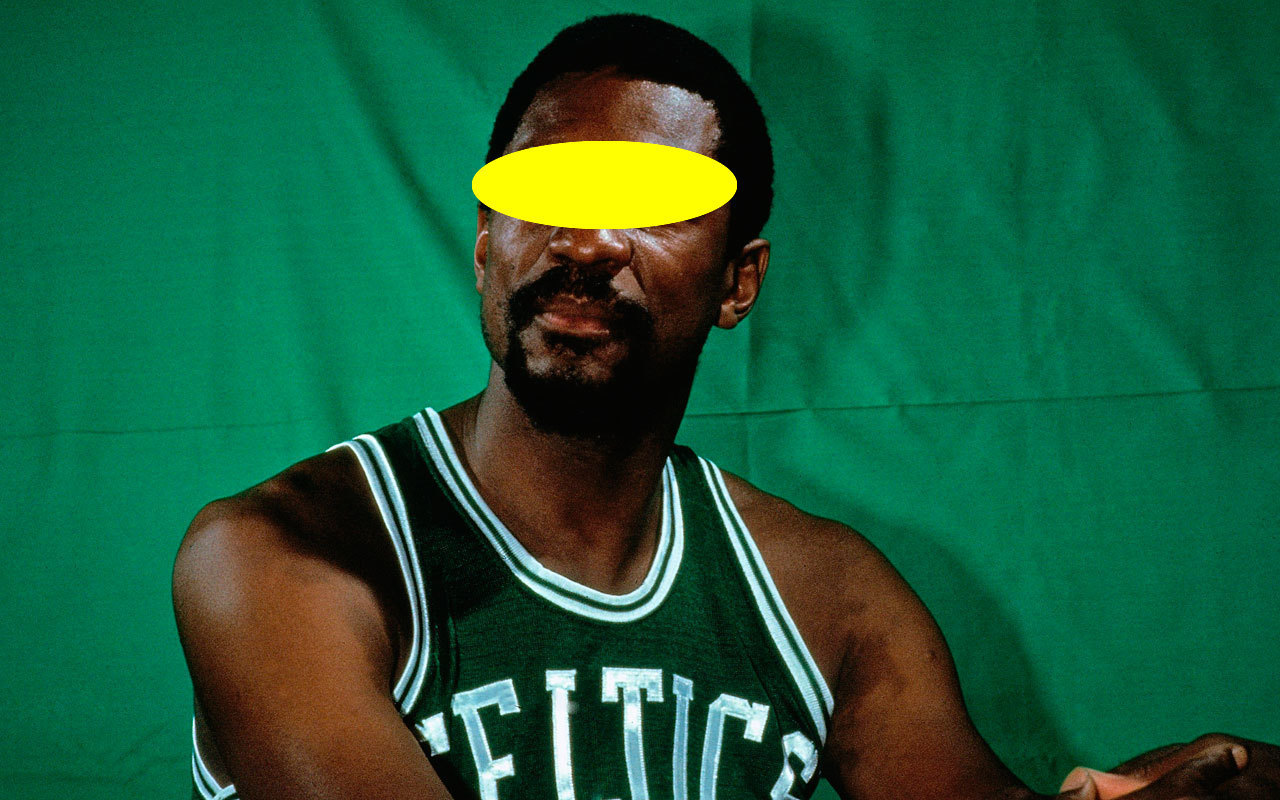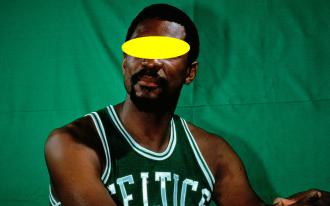
A college student challenged a...
A college student challenged a senior citizen, saying it was impossible for their generation to understand his. “You grew up in a different world,” the student said. “Today we have television, jet planes, space travel, nuclear energy, computers…”
Taking advantage of a pause in the student’s litany, the geezer said, “You’re right. We didn’t have those things when we were young; so we invented them! What are you doing for the next generation??”
Taking advantage of a pause in the student’s litany, the geezer said, “You’re right. We didn’t have those things when we were young; so we invented them! What are you doing for the next generation??”

